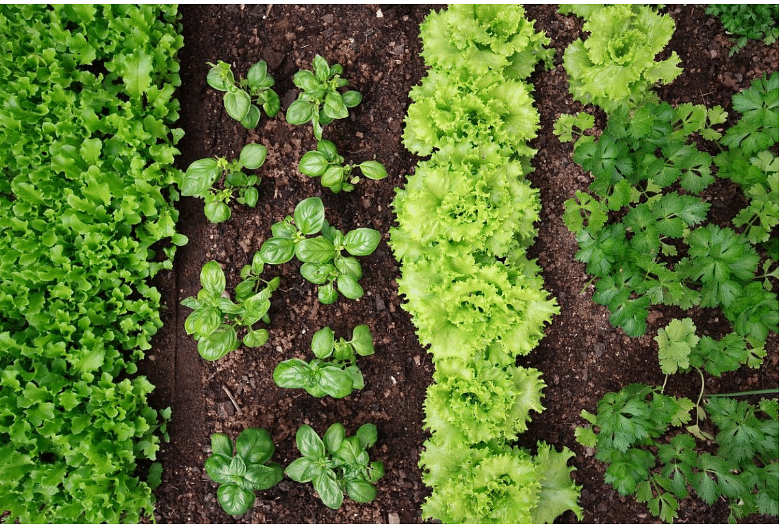Intercropping, also known as companion planting or mixed cropping, is a sustainable agricultural practice that involves growing different crops together in the same space. This ancient farming technique has been used for centuries and offers several benefits to farmers and homesteaders alike. In this article, we will explore eight reasons why intercropping should be considered on your rural property.
1. Increased Yield:
One of the primary advantages of intercropping is its ability to boost overall crop yield. By growing multiple crops together, you can maximize the use of available resources such as sunlight, water, and nutrients. Different plants have varying nutrient requirements and root structures; therefore, they utilize these resources differently. For instance, deep-rooted plants like radishes can help break up compacted soil layers while shallow-rooted ones like lettuce benefit from their moisture retention abilities. By combining compatible crops in one area, each plant’s strengths are utilized efficiently leading to an increased overall yield.
2. Pest Control:
Intercropping plays a vital role in natural pest control by disrupting pests’ life cycles and reducing their population density. Some plants release chemical compounds that repel specific pests or attract beneficial insects that prey upon them. For example, marigolds emit a scent that deters nematodes (microscopic worms harmful to plant roots), while flowers like yarrow attract ladybugs which feed on aphids—a common garden pest.
3. Weed Suppression:
Weeds are a nuisance for any farmer or gardener as they compete with cultivated crops for resources like sunlight and nutrients. Intercropping helps reduce weed growth by creating dense canopy cover when two or more plant species grow closely together—shading out potential weeds below them. Additionally, some companion plants act as natural weed suppressants due to their vigorous growth habits or allelopathic properties (releasing chemicals that inhibit weed germination).
4. Soil Health Improvement:
Maintaining healthy soil is crucial for sustainable farming practices. Intercropping provides numerous benefits for soil health, including improved nutrient cycling and enhanced microbial activity. Different crops have different root structures, some of which fix nitrogen from the air into the soil while others scavenge nutrients from deeper layers. This diversity enhances nutrient availability to plants and reduces the risk of nutrient depletion in the long run.
5. Enhanced Biodiversity:
Growing a variety of crops together promotes biodiversity on your property, attracting a wide range of beneficial insects, birds, and wildlife. These creatures contribute to pollination, pest control, and ecosystem balance—essential elements for a thriving homestead or farm. By creating diverse habitats within your intercropping system, you provide food sources and shelter for these organisms throughout the year.
6. Efficient Land Utilization:
Intercropping optimizes land use by growing multiple crops simultaneously in limited space. On small-scale farms or homesteads where available land may be scarce, this practice allows farmers to produce more food per square foot compared to traditional mono-cropping methods. For example, tall-growing plants like corn can provide shade for shorter companion crops like beans without competing for resources.
7. Risk Mitigation:
Planting multiple crops together helps spread risks associated with weather fluctuations or disease outbreaks that could devastate an entire crop if planted alone over a vast expanse of land (mono-culture). With intercropping systems in place, even if one crop fails due to adverse conditions or pests/disease attacks—a common occurrence in agriculture—the other companion plants might still thrive due to their varying adaptations and resilience.
8. Crop Diversification:
Intercropping allows farmers to diversify their product offerings by growing complementary crops together that can be sold individually or combined as value-added products such as mixed vegetable baskets or herb bundles. This not only expands market opportunities but also ensures a consistent income stream throughout the year since different crops have different harvesting seasons.
In conclusion, intercropping is a valuable farming technique that offers numerous benefits for rural living and homesteading. From increased crop yield and natural pest control to soil health improvement and enhanced biodiversity, this practice has proven its worth time and again. By embracing intercropping on your property, you can create a sustainable ecosystem that maximizes land use while minimizing environmental impact—ultimately leading to a more productive and resilient farm or homestead.


Leave a comment